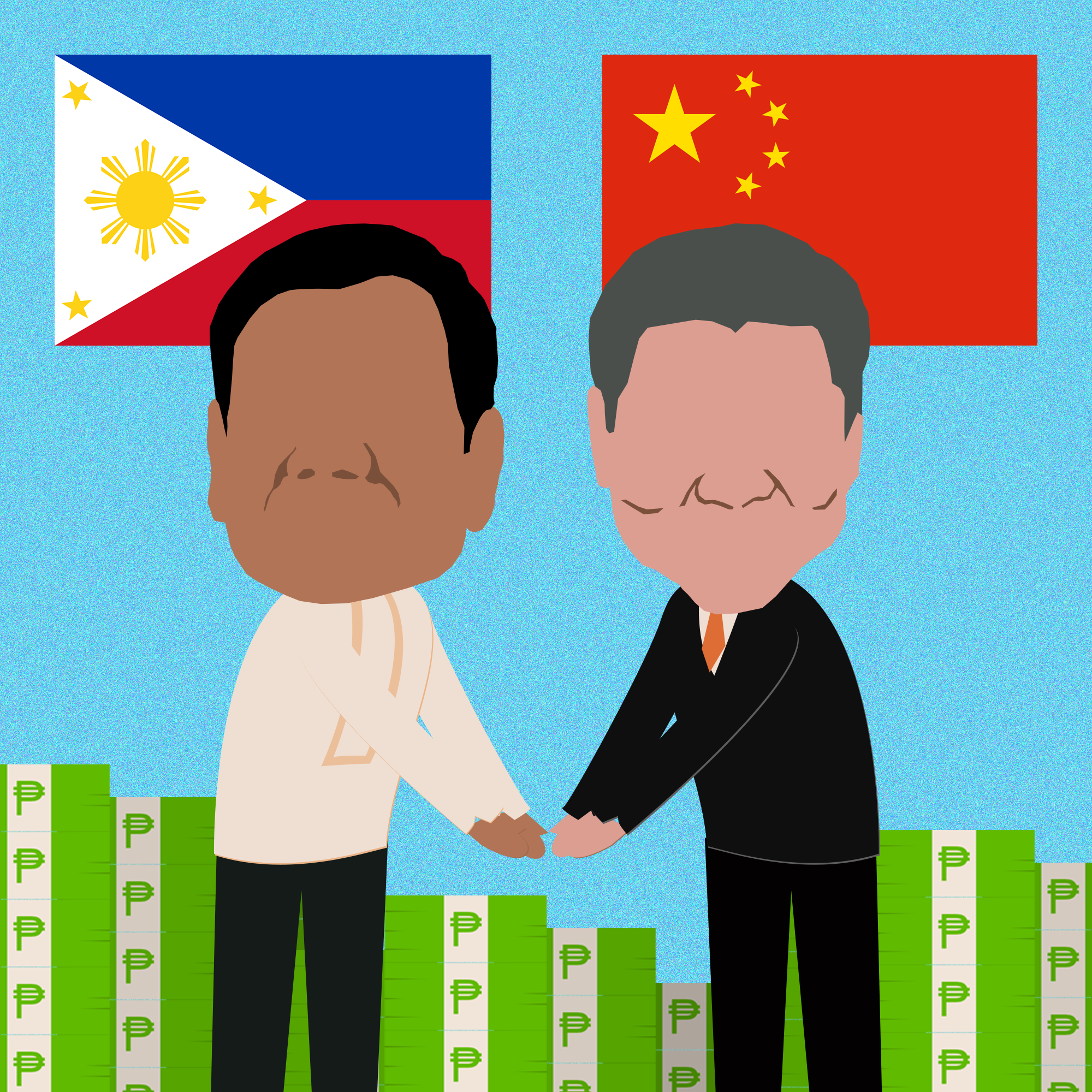The lower August 2022 inflation does not mean that prices of basic goods and services have become more affordable, research group IBON said. Prices remain high, the group noted, while ayuda has been slow, too little, and only for a limited number of beneficiaries. More price increases are projected and it is insensitive and neglectful of the Marcos administration to make huge cuts in the ayuda budget, said IBON.
August 2022 inflation is lower at 6.3% from 6.4% the month before but the prices of basic goods continue to rise. Lower transport and food and alcoholic beverages indices compared to the previous month contributed to lower inflation (14.6% from 18.1% and 6.3% from 6.9%, respectively), but these are still much higher compared to the previous year when transport inflation was at 7.0% and that of food and alcoholic beverages was at 5.5 percent. Inflation rates were also higher for other common necessities such as housing, water, electricity gas, and other fuels (6.8% from 4.7%); health (2.5% from 2.4%); and education services (3.8% from 0.6%).
More expensive fuel continued to contribute to high transport inflation. As of end-August, the average price of gasoline reached Php74.90 per liter, diesel Php79.90, kerosene Php84.80, and liquefied petroleum gas Php931. Common food items that were more expensive in August than at the start of the year were: chicken (up to Php190 from Php160/ kilo); egg (Php7 from Php6 per piece); carrots (Php120 from Php80/kilo); baguio beans (Php100 from Php80/kilo); squash (Php40 from Php50/kilo); pechay (Php70 from 60/kilo); lakatan (Php70 from 60/kilo); and washed sugar (Php75 from Php46/kilo). Upon the resumption of face-to-face classes, families lamented more expensive school supplies even in Divisoria which is known for cheap buys.
The absence of quality jobs, persistent poverty, and lack of savings make it difficult for the people to cope with the high cost of living, said IBON. The group estimates over 6 million Filipinos are without jobs (including discouraged workers and those not immediately able to take up work) as of June 2022. Meanwhile, as of July 2022 there are supposedly 4.8 million additional jobs created since January 2020 but over half (54.7%) or 2.7 million of this is just in part-time work. Over one-third is just self-employment (37.6%, 1.8 million) and almost one-fourth (22.4%, 1.1 million) are actually just unpaid family workers.
The government only officially reports 20 million poor Filipinos as of 2021. However, as of the second quarter of 2022, the Bangko Sentral ng Pilipinas reported over seven out of ten (70.3%) households, or nearly 19 million, without savings. The National Capital Region minimum wage was hiked to Php570 but still fails to keep up with rising costs and is barely half (51%) of the Php1,117 estimated family living wage (FLW) needed by a family of five to live decently as of August 2022.
Token aid
Despite the magnitude of those needing help, the government has only been providing token ayuda. The National Economic and Development Authority (NEDA) claimed that most of the 158,000 targeted farmers and fisherfolk have been served Php3,000 each in fuel discounts. The NEDA added that the Libreng Sakay Program via the EDSA Bus Carousel is helping some 50 million riders including workers and students cope with the rising cost of living.
While helpful to those able to receive these, these subsidies however are not enough and must reach many more Filipinos in need, IBON said. The group cited that only fractions of poor households, transport workers, producers, and small businesses are targeted for ayuda.
This and the huge cuts in the ayuda budget put to question the government’s commitment to help the people especially as more price increases are anticipated, said IBON. (See table)
In the proposed 2023 national budget, emergency assistance programs were cut by 39.8% or Php42.5 billion. The biggest cut in ad hoc emergency assistance was in COVID emergency-related assistance which previously included the social amelioration program (SAP) which was discontinued in 2021. In 2023, the portion covering benefits and compensation for COVID-19 workers was cut from Php9 billion to zero.
Regular emergency assistance programs were also cut by 34.4% or Php33.5 billion. This includes protective services for individuals and families in difficult circumstances (cut by Php20 billion), the Tulong Panghanapbuhay sa Ating Disadvantaged or Displaced Workers Program or TUPAD (by Php10.9 billion), and the Social Protection and Welfare for Overseas Filipino Workers Program (by Php1.5 billion). Sub-programs for feeding, livelihood, and disaster response were also defunded.
Producer support programs meanwhile were defunded by 10.7% or Php1.8 billion. This cut the allocations for the Micro, Small and Medium Enterprises (MSME) Development Program (by Php1.2 billion), the Agricultural Competitiveness Enhancement Fund (by Php115 million) as well as the Small Business Corporation (Php500 million).
IBON pointed out that the above cuts are not offset by the Php34.1-billion increase in regular social assistance programs that only target a limited number of beneficiaries.
IBON stresses the urgency for the expansion of the social protection program meaning additional funds for a wider scope of beneficiaries as in its economic recovery proposal. This will provide much-needed immediate relief for vulnerable households and producers amid price shocks and while facing the persisting crisis. The group also underscored that the expansion of social protection should be done alongside a comprehensive and strategic pro-people economic plan steering the economy to genuine recovery. ###
| (Php ‘000) | 2022 GAA | 2023 NEP | Change, 2022 GAA-2023 NEP |
| EMERGENCY ASSISTANCE PROGRAMS | 106,761,307 | 64,273,234 | -42,488,073 |
| 1. Ad Hoc emergency assistance | 9,500,000 | 510,447 | -8,989,553 |
| 1a. COVID-19 emergency assistance | 9,000,000 | – | -9,000,000 |
| 1b. Other emergency assistance | 500,000 | 510,447 | |
| 2. Regular emergency assistance programs | 97,261,307 | 63,762,787 | -33,498,520 |
| REGULAR SOCIAL ASSISTANCE PROGRAMS | 184,106,080 | 218,235,395 | 34,129,315 |
| COMMUNITY DEVT PROGRAMS | 10,283,186 | 14,001,633 | 3,718,447 |
| PRODUCER SUPPORT PROGRAMS | 17,285,267 | 15,442,997 | -1,842,270 |






